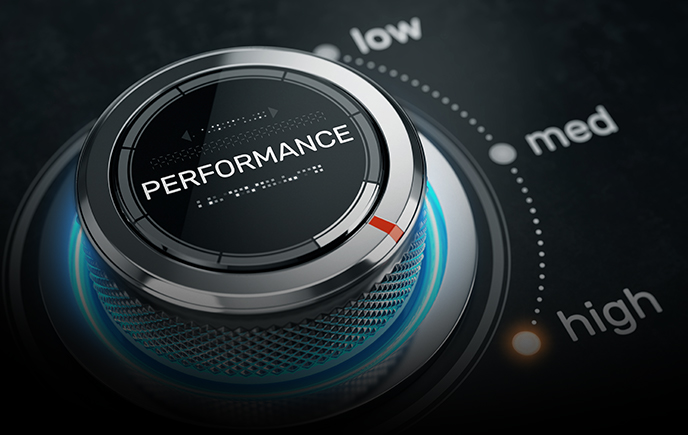Full steam ahead - Scottish distillery with Grundfos
There’s steam and there’s high-quality steam. There are pump solutions and intelligent pump solution...
The latest and simplest solution to achieving optimal flux is by combining a WEG Variable Frequency Drive (VFD) with a WEG Motor. With the design characteristics of a WEG motor loaded into the WEG VFD, the Optimal Flux control algorithm increases motor flux slightly at low speeds. This allows the same torque to be developed at lower current.

WEG developed this Optimal Flux solution to address the needs of the broader constant torque AC VSD market. Specifically, to satisfy applications with +/-0.5% regulation without an encoder, and with a CT speed range greater than 10:1 (less than 100:1 is required).
Optimal Flux allows the operation of certain WEG motors over speed ranges approaching 1000:1 without thermal damage and closed loop feedback from a motor-mounted encoder.
As each 10°C of temperature reduction typically doubles motor life, the 11% reduction in operating temperature (compared with non-Optimal Flux Control VFD) means motors also last twice as long.
Most heat in motors is the result of I2t losses. If motor current can be reduced even slightly, the losses are noticeably reduced.
Variable torque loads do this because they need less torque (and therefore less current) as their speed is reduced. Constant torque loads, on the other hand, may require full torque even at low speeds. So reducing the current to reduce losses isn’t feasible because it reduces torque.
However, with the design characteristics of the WEG motor loaded into the CFW11 VFD, the optimal flux control algorithm increases motor flux slightly at low speeds. This allows the same torque to be developed at lower current.
The result? The WEG VFC can optimise motor flux at low speeds, simultaneously producing fill torque and minimising motor losses.
There is no denying the prospect of industrial digitalisation is both exciting and daunting in equal measure and no doubt each of you will be at different stages on the road to digital transformation.
In our latest edition we want to help demystify this familiar buzzword into tangible day-to-day processes. We'll be providing you with an update on the latest news and technology available, taking an in-depth look at Industry 4.0 and all that comes with it, outlining some ways in which the industry can work together.
Get the latest updates from ERIKS including:
Choose any or all of these via the ERIKS Subscription Centre!
Our Know+How brings together the best of the latest Know+How Hub articles in one easy to digest magazine, covering the following topics:
That's why its the leading magazine for maintenance engineers from ERIKS.
Want Know+How Magazine delivered direct to your door? Visit the ERIKS Subscription Centre to opt-in!
Take a look at our latest updates...
There’s steam and there’s high-quality steam. There are pump solutions and intelligent pump solution...
Looking for a custom Product quote? Need an answer to a Technical question? Looking for Careers/HR support? Want to work with us? Interested in our Digital Trading solutions? Have a finance question? Send us your enquiry and a member of the ERIKS team will be with you quickly.
We strive to deliver exceptional quality service and products. As part of this goal, we encourage customers to submit feedback on their experiences so we can resolve any issues and concerns.
At ERIKS we strive to deliver the best quality service and products. As part of this goal we encourage customers to submit feedback on their experiences so we can resolve any issues and concerns.
Call us: +441215086000
